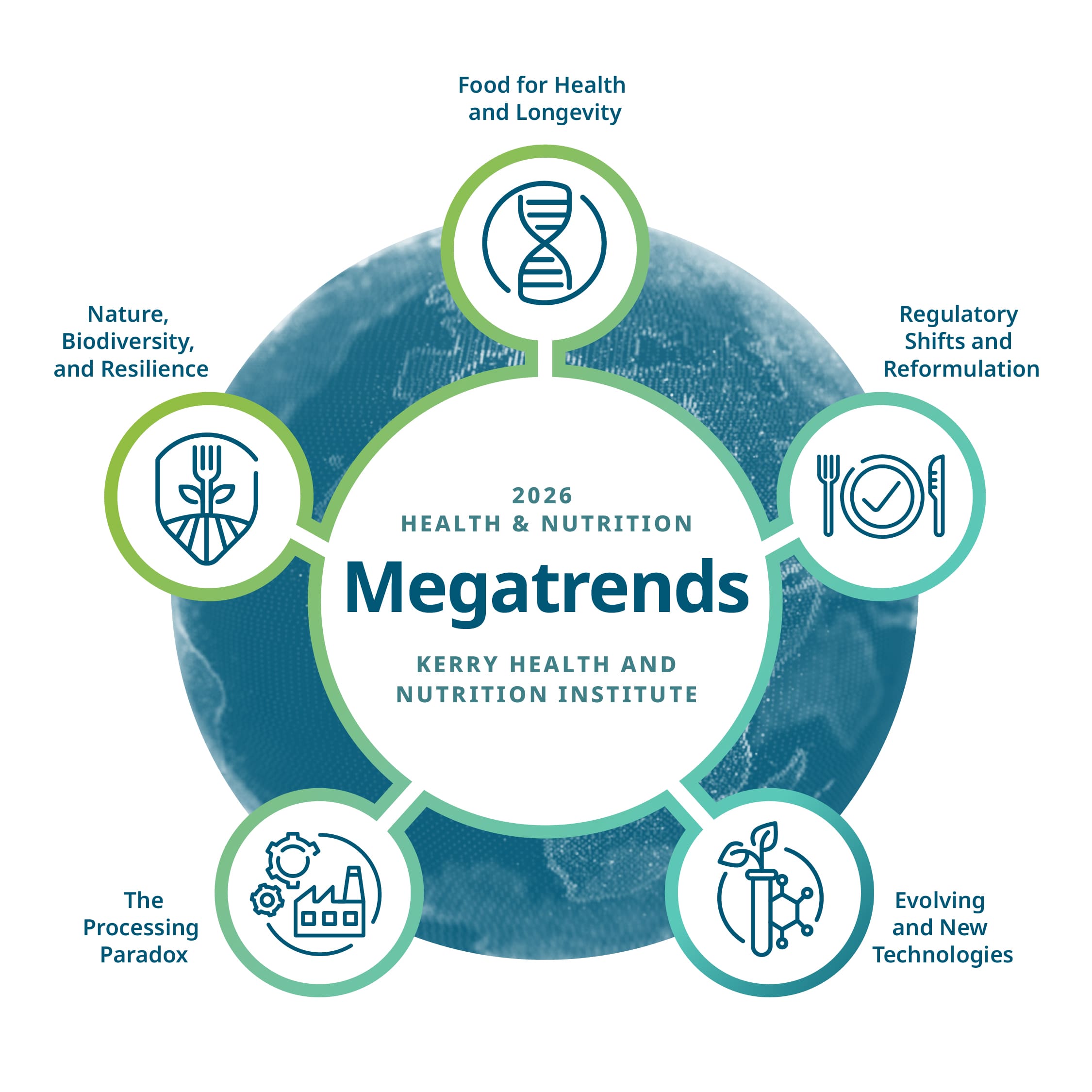Our global food system is a prominent driver of climate change, with agriculture accounting for about one third of greenhouse gas emissions (GHGE) globally. Therefore, defining what is a healthy sustainable diet is a priority for the future health of populations and our planet. This is a challenging task, as there are many factors to be considered, and there is not a ‘one-size-fits-all’ solution across the globe. The British Nutrition Foundation’s recent review provides actionable recommendations for high-income countries to move closer to a healthier and more sustainable diet that is likely to benefit both human and planetary health.
National Dietary Guidelines can help reduce climate change

‘Healthier and more sustainable diets: What changes are needed in high-income countries?’ is a recently published review authored by Simon Steenson and Judith Buttriss from the British Nutrition Foundation (BNF). This paper reviews 29 studies in high-income countries that used different methods to define what a healthier and more sustainable diet should look like. The review concludes; adhering more closely to dietary patterns that align with current national food based dietary guidelines (FBDGs), such as the UK’s Eatwell guide, will likely result in populations consuming healthier and more sustainable diets. FBDGs are generally based on relatively similar principles, they are mostly specific to individual nations, therefore they include foods that are accessible, affordable, and culturally acceptable, which are 3 of many factors of a sustainable diet. FBDGs are nutrition- and health-centric, therefore adhering to them will provide the average consumer with a nutritionally adequate diet that is composed of familiar foods.
The environmental impact of the food supply is more than just greenhouse gas emissions
The review paper includes studies that assess the environmental impact of diets based on national dietary guidelines across various different metrics. For environment, this includes GHGE, land use, water use, and nitrogen and phosphorus use. Energy and resource intensive foods and beverages, such as animal products, are discussed in detail, as well as the cost of diets and the impact of ‘non-core’ foods and beverages (e.g. foods high in fat, salt and/or sugar).
How can I eat a more sustainable diet?
The review outlines a number of areas around which practical suggestions for the everyday consumer to eat more sustainably could be developed, based on the evidence reviewed.
- Aim for a more ‘plant-rich’ diet by eating more vegetables, fruit, potatoes, beans, other pulses, nuts and wholegrain foods.
- Diversify choice of protein-containing foods, especially if meat intake is high, and include more plant sources of protein in main meals, such as beans, lentils, nuts, seeds and nutrient-rich plant-based meat alternatives (e.g. mycoprotein-based products).
- Consider the overall nutritional profile (nutrient density) of foods, aiming for a mix of vitamins, minerals, unsaturated fatty acids and fibre, as well as low or medium levels of saturated fat, salt and/or sugar.
- Choose sustainably sourced fish (e.g. products carrying the Marine Stewardship Council [MSC] blue logo).
- Reduce food and drink waste in the home.
- Limit ‘discretionary’ foods and drinks high in fat, salt and/or sugar.
Are meat and dairy part of a sustainable diet?
 The review considers the environmental impact of animal produce against nutritional quality and its prominence in culturally accepted diets. While a reduction in meat is advised in most studies within the review, for milk products and eggs changes suggested in more sustainable dietary patterns were less consistent. This is likely due to the important nutritional contribution these foods can make in the diet, relative to their more intermediate environmental impact (compared to meat or plant-based foods). However, the review highlights possible unintended consequences of cutting animal products out altogether, such as the potential risk of inadequate micronutrient intakes, particularly in population subgroups where there is already evidence of low intakes.
The review considers the environmental impact of animal produce against nutritional quality and its prominence in culturally accepted diets. While a reduction in meat is advised in most studies within the review, for milk products and eggs changes suggested in more sustainable dietary patterns were less consistent. This is likely due to the important nutritional contribution these foods can make in the diet, relative to their more intermediate environmental impact (compared to meat or plant-based foods). However, the review highlights possible unintended consequences of cutting animal products out altogether, such as the potential risk of inadequate micronutrient intakes, particularly in population subgroups where there is already evidence of low intakes.
You can view the full press release and media summary at this link.

 As Sustainable Nutrition Manager at Kerry, Aoife’s role involves assessing Kerry’s global ingredients portfolio for nutrition and sustainability impacts. Aoife is passionate about science communication and manages the Kerry Health and Nutrition Institute, a non-commercial thought leadership platform that disseminates the latest insights in nutrition science for the food industry.
As Sustainable Nutrition Manager at Kerry, Aoife’s role involves assessing Kerry’s global ingredients portfolio for nutrition and sustainability impacts. Aoife is passionate about science communication and manages the Kerry Health and Nutrition Institute, a non-commercial thought leadership platform that disseminates the latest insights in nutrition science for the food industry. 

